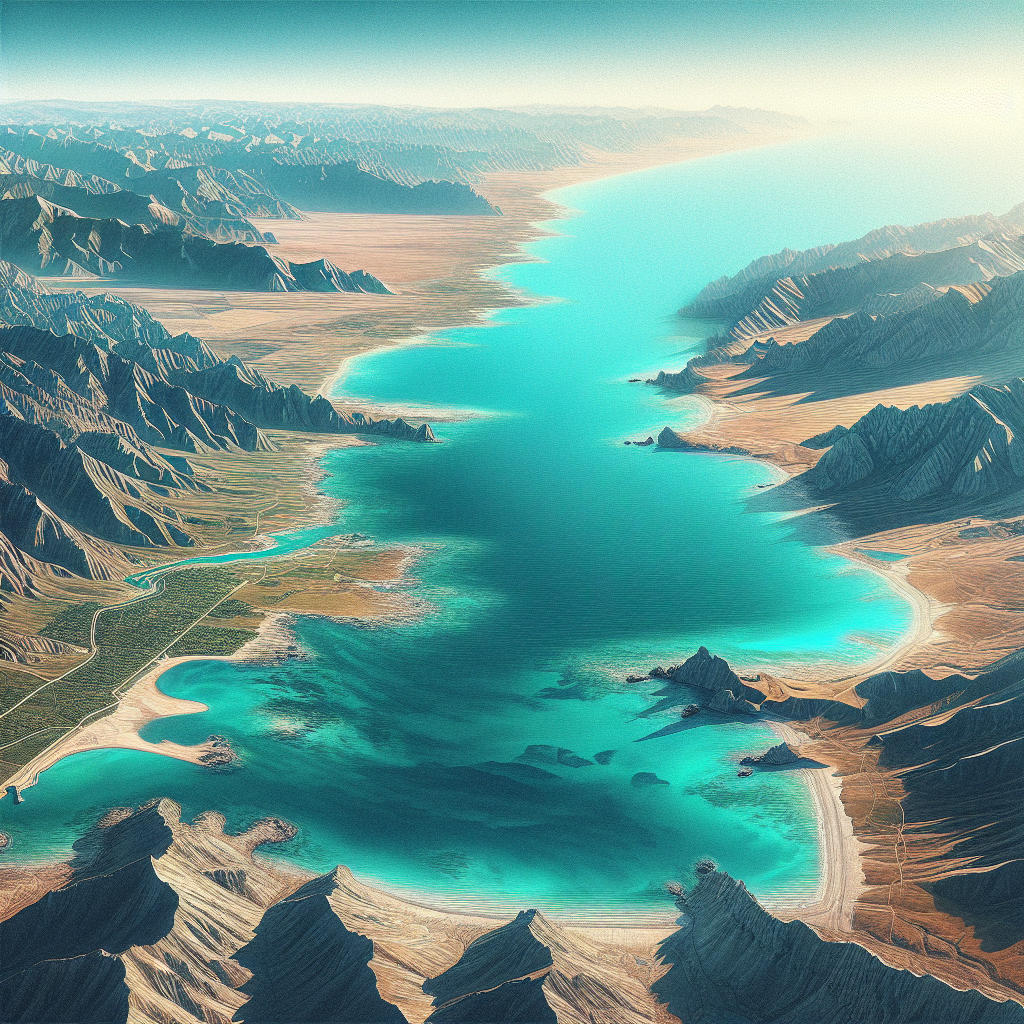Caspian Sea Crisis: Falling Water Levels Threaten Ports, Oil Shipments, and Wildlife
Rapid declines in the Caspian Sea's water level are impacting ports, oil shipments, and the habitats of key species like sturgeon and seals. Officials highlight climate change and Russian dam construction on the Volga River as contributors, prompting joint international efforts to address the environmental and economic challenges.

The Caspian Sea, the world's largest salt lake, is experiencing rapid declines in water levels, affecting ports, oil shipments, and local wildlife, officials from Azerbaijan report. The sea, home to significant offshore oil reserves, is vital for five bordering countries, including Azerbaijan, Iran, Kazakhstan, Russia, and Turkmenistan.
Azerbaijan's Deputy Ecology Minister Rauf Hajiyev disclosed that the Caspian has been getting progressively shallower, losing 0.93 meters over the past five years. Efforts in collaboration with Russia, despite tense relations, are in motion to develop a joint program for tackling the crisis, partially blamed on climate change and Russian dam constructions.
Hajiyev cited challenges faced by coastal populations and Baku's port operations due to receding waters, impacting cargo capacity and logistics costs. The environment endures as marine species like sturgeon and seals face extinction threats, with disappearing habitats and breeding grounds.
(With inputs from agencies.)










